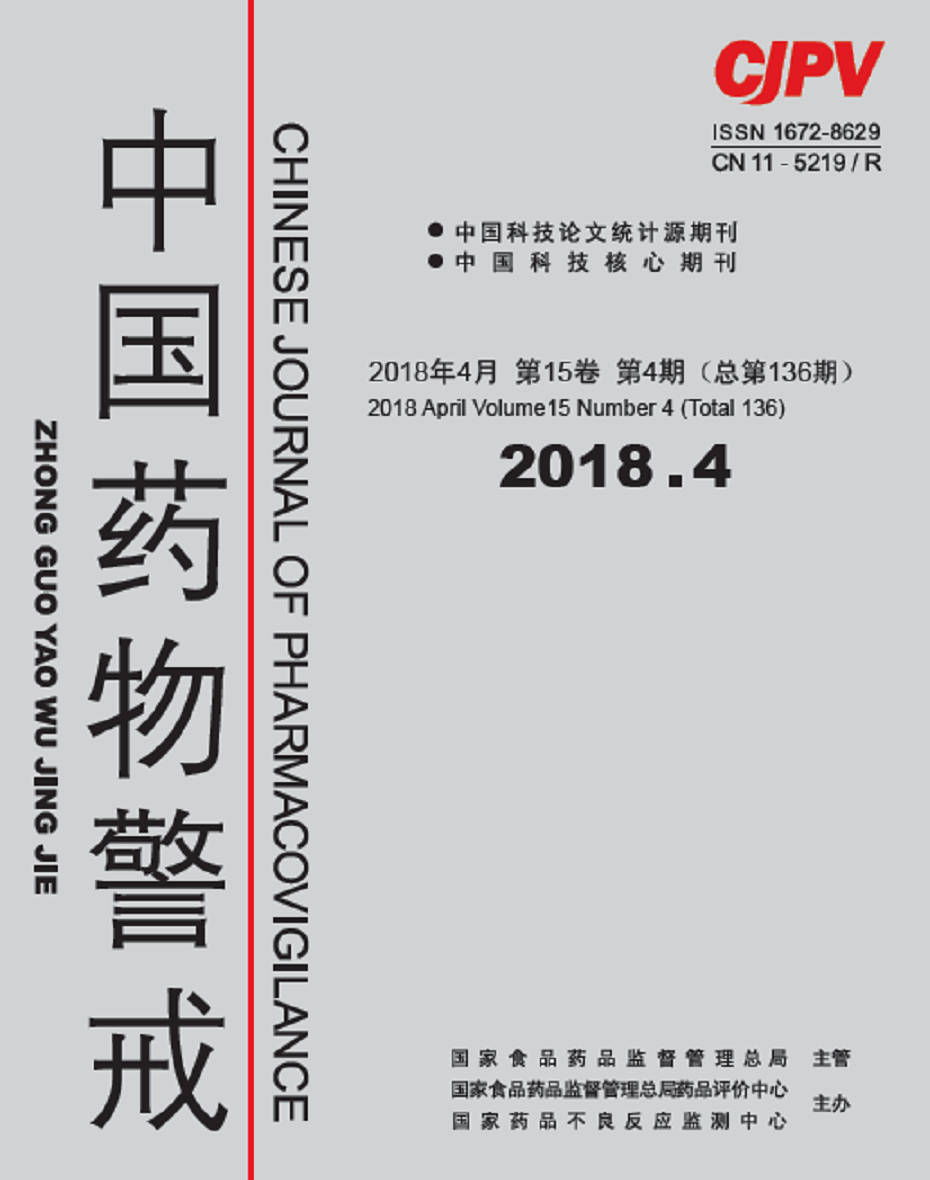|
|
Analysis of 652 Cases of Adverse Drug Reactions Induced by Lithium Carbonate
ZHANG Shu, LIN Qiang, SUN Li-wei, WU Li-ling, ZHANG Long-ying, WU Xu-chen, HONG Shan
2018, 15(4):
234-239.
Objective To investigate the general characteristics and relative factors of the adverse drug reactions caused by lithium carbonate, so as to provide references for clinical rational and safe use of drug. Methods By retrospective study method, 652 cases of adverse drug reactions/events by lithium carbonate from the adverse reaction network platform of Pan-Pearl River Delta during 2003-2016 were analyzed. We analyzed the patient's age, gender, past history, the purpose of drug use, occurrence time, symptoms of adverse drug reactions, the systems-organs involved etc. Results 652 cases were collected that involved 1 002 cases of clinical manifestation. Multiple systems were affected by lithium carbonate including the damage to digestive system, nervous system, and general disorders etc. Conclusion Adverse reactions of lithium carbonate were correlated with individual differences, strictly controlled the indications, the rational drug use, monitoring lithium concentration in blood, in order to ensure drug safety.
References |
Related Articles |
Metrics
|
